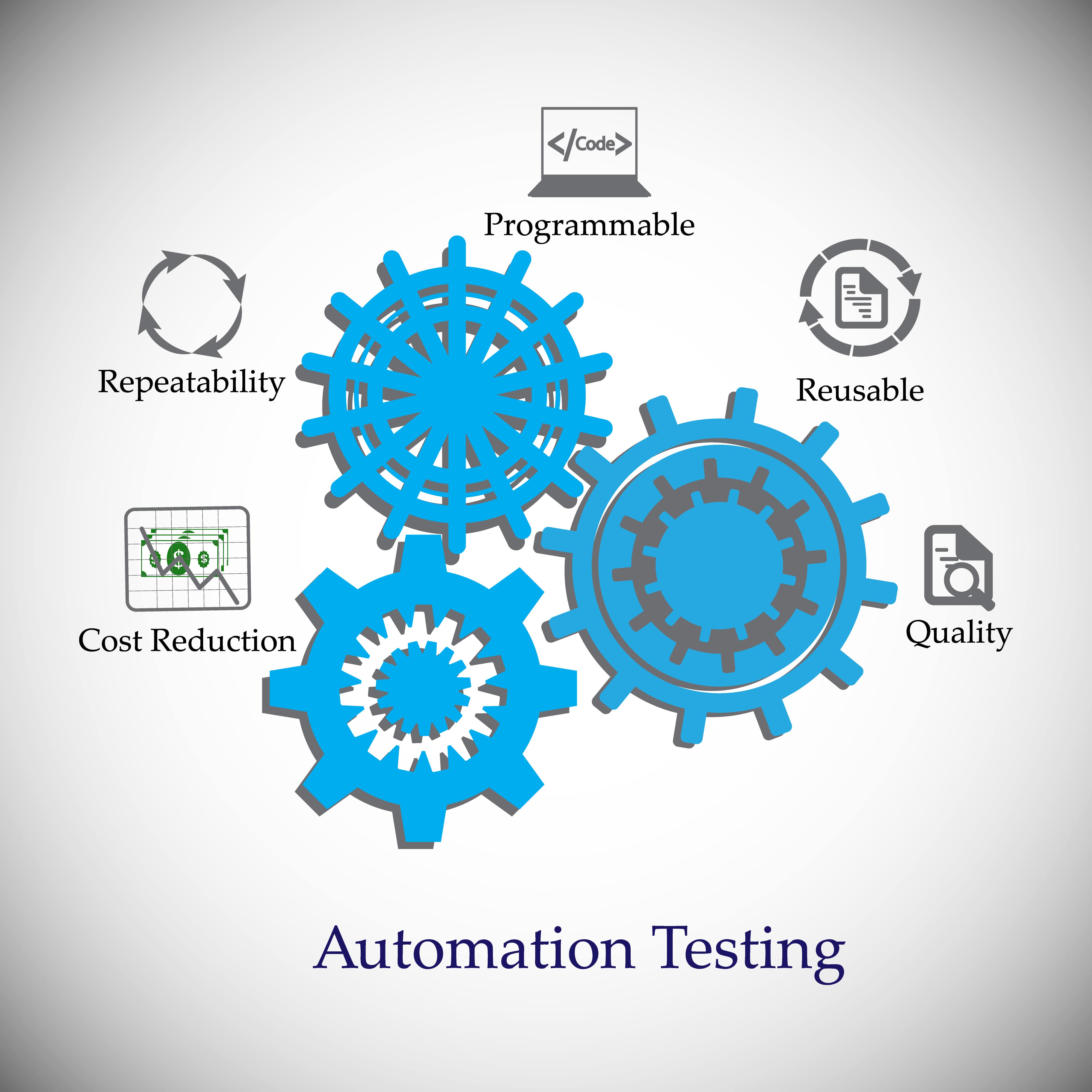Effective Automation Testing: Enhancing Software Reliability and Rate
Effective Automation Testing: Enhancing Software Reliability and Rate
Blog Article
From Manual to Automated Testing: A Comprehensive Guide to Transitioning Smoothly and Efficiently
In the realm of software testing, the change from guidebook to automated processes has actually become a significantly important change for organizations seeking to improve performance and accuracy in their testing practices. The trip from handbook to automated testing is not without its difficulties, however when come close to strategically and with a clear strategy in mind, the benefits can be significant.
Benefits of Automated Checking
Automated testing supplies many benefits, enhancing effectiveness and precision in software development procedures. One primary advantage is the substantial reduction in screening time. Automated tests can be run simultaneously on several devices and running systems, considerably quickening the screening phase compared to hand-operated testing. This enhanced efficiency permits for faster responses on the quality of the software program, allowing developers to determine and attend to problems immediately.
Additionally, automated screening makes sure a higher level of precision in discovering defects. Consistency in screening is additionally improved, as automated examinations execute the very same actions exactly each time they are run.
Choosing the Right Tools

To start with, analyze your requirements and purposes. Comprehend the scope of your job, the modern technologies entailed, and the ability set of your team. This analysis will certainly aid you establish the abilities and attributes you require in your testing devices.
Second of all, take into consideration the compatibility of the devices with your existing systems and processes. Smooth assimilation with your present software advancement lifecycle is vital to make sure a smooth change to automation.
In addition, review the scalability and adaptability of the devices. As your testing needs develop, the devices must have the ability to adjust and fit modifications successfully.
Lastly, consider the assistance and area around the tools. Robust support and an energetic customer community can give important sources and help when executing automated testing. By meticulously taking into consideration these elements, you can select the right devices that align with your requirements and established the stage for an effective transition to automated testing.
Creating Efficient Examination Scripts

When crafting examination scripts, it is necessary to think about the specific demands of the software being tested and make certain that the scripts deal with all critical capabilities. Detailed and clear naming conventions for examination scripts and test situations can improve readability and maintainability. Furthermore, integrating error handling devices within the examination scripts can help in recognizing and addressing problems promptly.
Additionally, arranging examination scripts right into modular components can improve reusability and scalability, decreasing redundancy and improving efficiency in examination script maintenance. Routine reviews and updates to evaluate manuscripts are vital to equal progressing software program needs and functionalities. By complying with these principles, testers can produce durable and effective test scripts that add substantially to the success of automated screening processes.
Integrating Automation Into Workflows
By flawlessly integrating automated testing tools like Selenium or Appium into the software development lifecycle, groups can attain faster comments on code modifications, leading to quicker pest detection and resolution. This assimilation enables for constant screening throughout the development procedure, making certain that any type of problems are recognized early on, get more resulting in greater software application quality. Proper assimilation of automation tools needs partnership between growth, screening, and operations groups to develop a unified process that optimizes performance and effectiveness in delivering premium software program products.
Ensuring a Smooth Shift
Successfully transitioning to automated screening involves thorough preparation and careful implementation to minimize disturbances and maximize effectiveness in the software application growth process - automation testing. To guarantee a smooth transition, it is important to start by performing a comprehensive analysis of the existing testing processes and identifying locations where automation can bring the most significant benefits. Involving with all stakeholders early on at the same time, consisting of developers, testers, and project supervisors, is critical for amassing assistance and buy-in for the automation campaign
Interaction is essential throughout this shift stage. Clear interaction of the objectives, benefits, and assumptions of automated testing helps to manage any resistance or worries that might arise. In addition, supplying ample training and sources for group participants to upskill in automation tools and techniques is vital for making sure an effective change.

Verdict
To conclude, transitioning from manual to automated testing provides many benefits, consisting of enhanced efficiency and integrity. By picking the appropriate tools, writing effective examination scripts, and incorporating automation flawlessly into operations, companies can guarantee a smooth and successful change. It is necessary to embrace automation as an important possession in software program screening processes to boost total quality and productivity.
In the world of software program screening, the change from guidebook to automated processes has ended up being a significantly vital change for companies seeking to improve effectiveness and precision in their screening methods. Automated examinations can be run simultaneously on multiple devices and Full Article operating systems, considerably speeding up the testing stage contrasted to hands-on testing. Consistency in screening is also enhanced, as automated tests carry out the exact same actions specifically each time they are run.To ensure the effective application of selected testing tools, the development of efficient examination scripts plays a crucial duty in verifying the capability and performance of automated procedures - automation testing. By following these principles, testers can develop durable and reliable examination scripts that contribute significantly to the success of automated testing procedures
Report this page